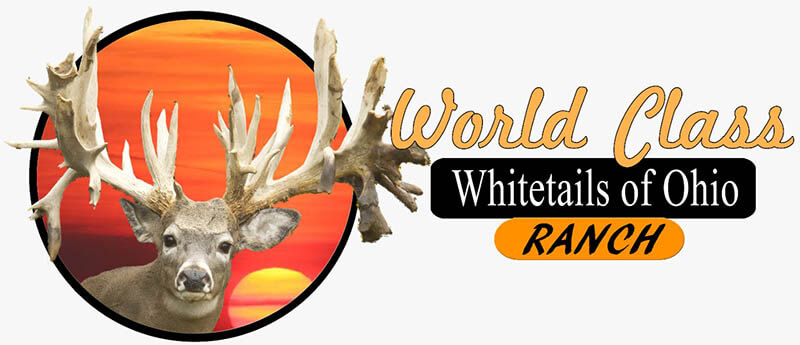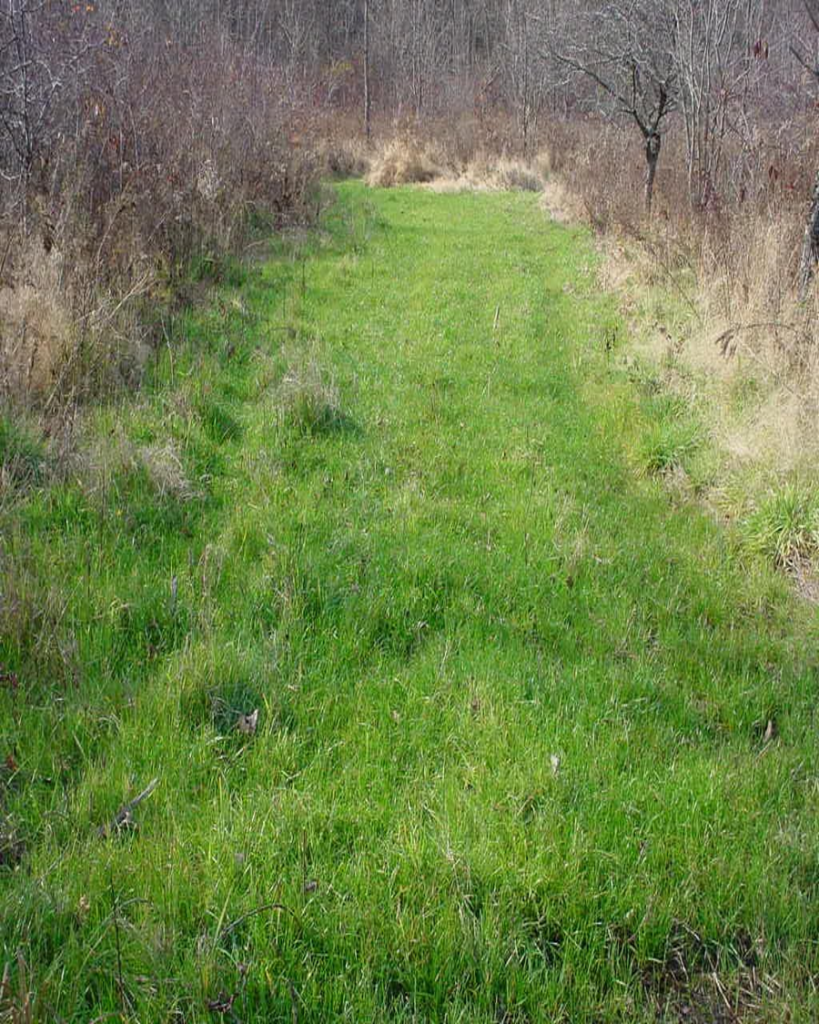If you’re considering ways to attract whitetail deer, you may be wondering what feed do whitetail deer eat? Luckily, there’s a variety of food sources you can use. These options include native vegetation and food plots. High-quality forages are also available such as Arrow Seed’s Deer Delight mix which is a tasty and protein-rich choice for deer.
As the seasons change, a deer’s preferred diet changes. During cold months, they transition from the protein-rich acorns they find in winter to tougher late-season forages such as corn and acorns. In fact, scouts have observed deer eating dried soybean pods in fields that are still standing. These acorns, corn, and forages are excellent sources of energy.
To survive and breed successfully, deer need a diet of 6% to 8% of their body weight each day. The deer also need plenty of green foliage and browse to stay healthy. Although they are relatively small animals, they are constantly on the move, looking for food. Their size and quick movement allows them to focus on the best food sources. Fortunately, these deer aren’t a threat to humans.
Despite being a big nuisance, deer are also smart shoppers. They prefer to feed on areas where there is the most food per acre. That means your deer are less likely to graze on your garden. The best feed for deer is 12% protein and is easy to digest.
Another option for deer to eat is grass. Grass is a type of non-woody plant with leaves, stems, and buds. It can be found on trees, shrubs, briars, and many types of vines. While deer don’t eat perennial grasses, they can eat cool-season grass. While it may not have the nutrients that deer prefer, forbs are a healthy choice for deer.
Apples are also good for deer. Their high sugar content helps them store fat during the winter. But avoid white bread, as this can cause lacticacidosis, which can be fatal. For deer to be healthy and thrive, they should be fed quality natural forages. And, don’t forget to rotate the food every few days, or the deer might suffer from a digestive upset.
Fortunately, feeding deer is completely legal in many states. Make sure you observe the proper feeding methods and don’t confuse the different types of food. If you’re just beginning, start out by introducing a new food source slowly, starting with 10 pounds every couple of days and progressively increasing the amount. However, be sure to stop feeding deer when the snow is no longer deep. You’ll have to make changes every couple of days as their digestive tracts adjust to new food sources.
It’s important to keep in mind that whitetail deer’s nutritional needs vary throughout the seasons. In the spring and winter, does have a lower energy level. They must pass their resources on to their fawns through milk. Using too little food can impact the fawns’ survival and the health of the doe herd. Therefore, summer feeds should be higher in protein than winter ones, preferably fifteen to twenty percent.

